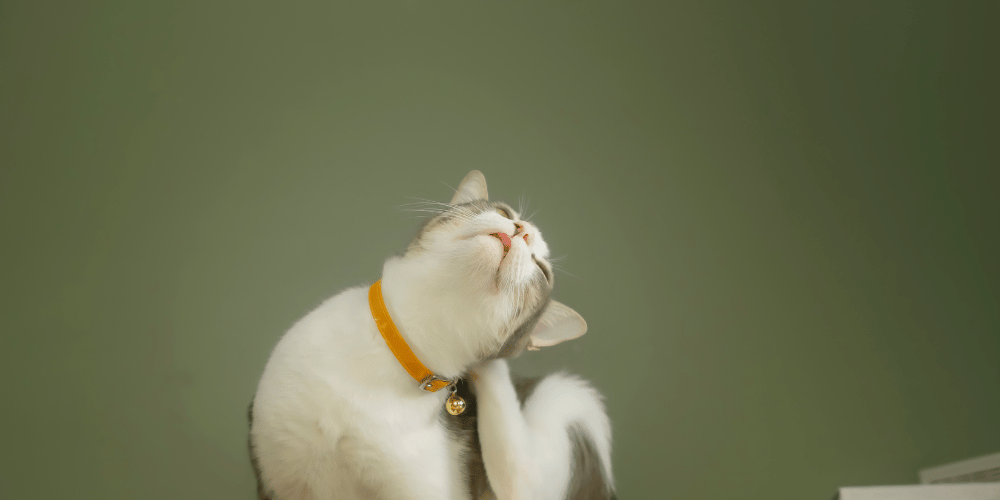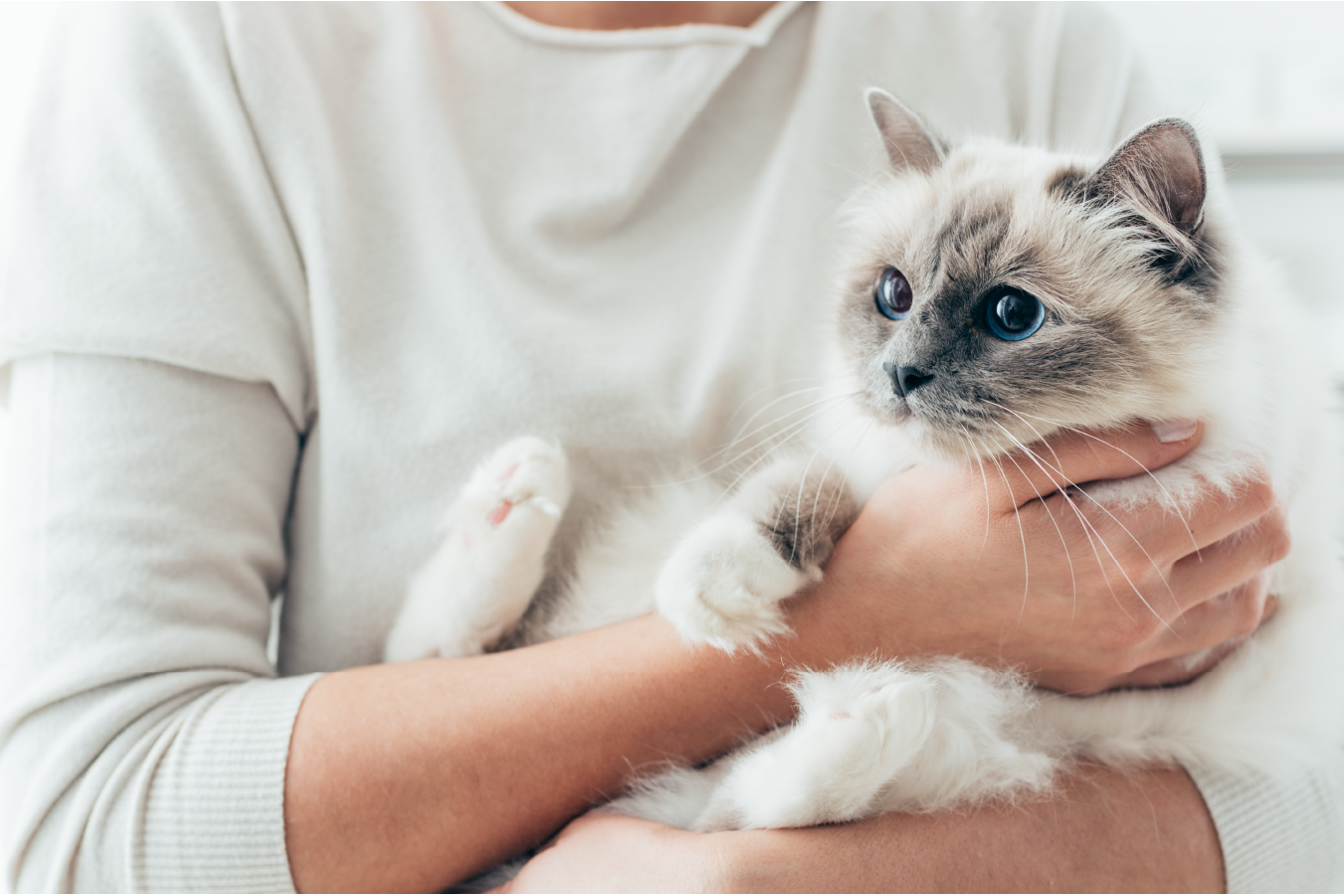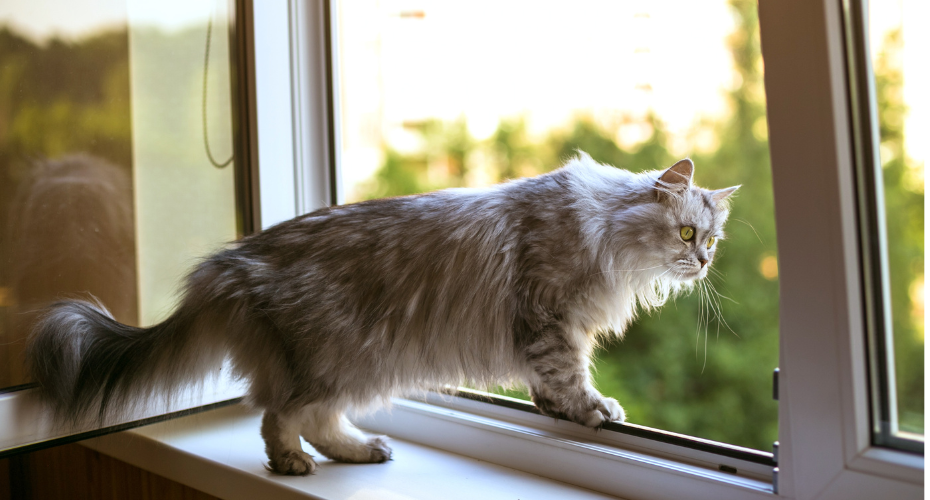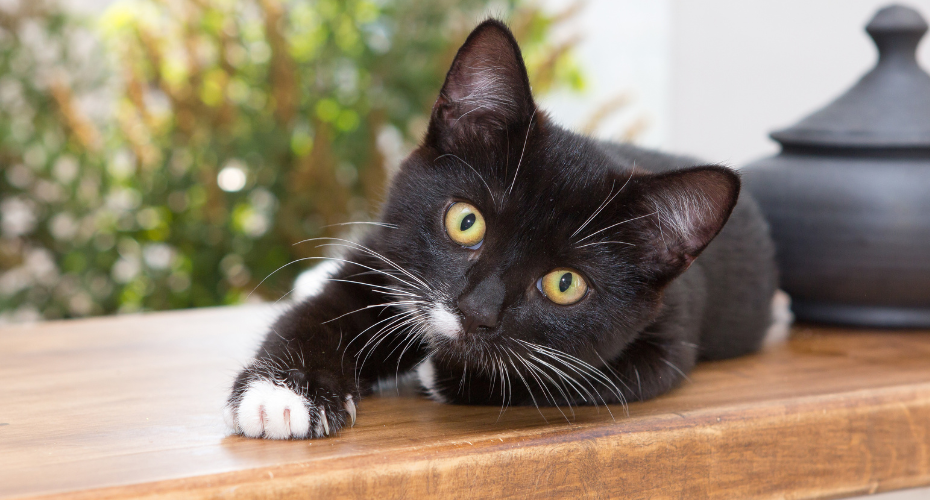
Why does your cat scratch
Cat claws are used for a lot of things. Climbing, scratching, defending themselves, hunting, and plenty of other things that annoy their owners. It is natural behaviour, though, and stretching their claws and scratching things are just normal things for a cat to do. Outdoor cats use it as a chance to mark their territory. For indoor cats that can be a problem and they will use your property for a substitute.
What can you do about your cat scratching problem?
There are plenty of options available to you, but many people continue to choose declawing as a way to destructively end clawing in their house. The cat de claw procedure is controversial, since it doesn’t really provide any kind of health benefit to the cat and only helps the owner. Those opposed to it say that it is cruel and can result in psychological damage to the cat afterward. Many people in favour of the procedure claim that it has no more negative effects than any other procedure.
Declawing, what you should know
In order to help out cat owners with their decision, we are going to cover the basic facts on cat de claw procedures and some alternatives to that option.
Declawing is a permanent solution to the problem that will be performed by a veterinarian while the cat is under anesthesia. In most cases, only the front paws are done since the back are rarely used for scratching. It may require hospitalization for a day or two after the procedure as well.
Your cat’s toes have three bones in them. The actual claw grows out of the end of the last one. In a declawing procedure, a vet will cut of the end of the last bone, which takes the nail with it. This will remove the claw and stop it from being able to grow back. After that the sow is sewn shut with sutures that will be absorbed into the skin. They will bandage up the paw, but they can be removed after a couple of days in most cases.
After surgery, your cat will require a lot of special care. Pain medications are frequently given for up to a week after the procedure. Even though it can be difficult, you will have to restrict the cat’s activity as much as you can, jumping more than anything else. Until the paws are completely healed, you cat will need to stay indoors. Regular litter should also be replaced with newspaper to keep small grains from causing an infection. Even after this, though, it would be wise to keep your no defenseless pet inside.
There is always a chance of complications, but the risk rate is very low when properly handled. The large majority of cats are going to be walking well within the first couple of days, but they will probably find that their feet can be tender for a couple of weeks. Just watch them and look out for things that should worry you like swelling, a discharge from their toes, loss of appetite, or anything that seems like a sudden change in health or behaviour. It is perfectly normal for your cat to favor one paw to the other while healing, but if it seems to be doing better and then starts limping again, you should call your vet immediately. You should also keep an eye on any bleeding that persists for an extended period of time.
Laser surgery is another option that people can take advantage of. Veterinary colleges have been using surgical lasers for several years, but it is just now available for the average vet hospital. A laser cat declawing still requires anesthesia and amputation like the previous option. There are plenty of advantages to lasers, though. Due to the nature of the laser, the blood vessels and nerve endings are sealed as it cuts. This will mean less pain, less blood, and less hassle. Your cat will be back to normal faster than previous methods if you opt for the laser procedure.
If you decide to declaw your cat it is important for you to do it at a young age, mainly between two and five months old. The younger your cat is the faster it is going to recover and adapt to its new paws that lack claws. For older cats, the truth is that many vets discourage the procedure due to the extended healing period of older cats.
Another alternative is known as Flexor Tenonectomy. Tenonectomy will leave the claws in your cat’s paw, but they won’t be able to extend them anymore. The tendon that controls the motion is snipped and a little piece is removed under anesthesia. After this procedure, you will have to maintain your cat’s nails because they won’t be able to clean or trim them themselves.
Cat declawing alternatives
By regularly trimming your cat’s nails you can reduce a lot of the destruction that your cat scratch problem is causing. This is a pretty simple task for you to handle on a regular basis, but you will have to do it properly and not let it slip. Your veterinarian can show you the proper way to do it. Vet Products direct offers a wide range of cat grooming products from cat nail clippers and other cat supplies online
Ideally, you can train your cat to not scratch furniture and stick to certain objects. Scratching posts are great for this. You can get in touch with a pet behaviourist to help with the training.
As a cat owner staring at one of the biggest destructive problems that cat owner’s face, you can now take what you have learned and make a wise decision. You should, however, talk to your veterinarian before you make any decisions and maybe get some Advantage for fleas while you’re at it! Find out more about cat flea products from Vet Products Direct.



